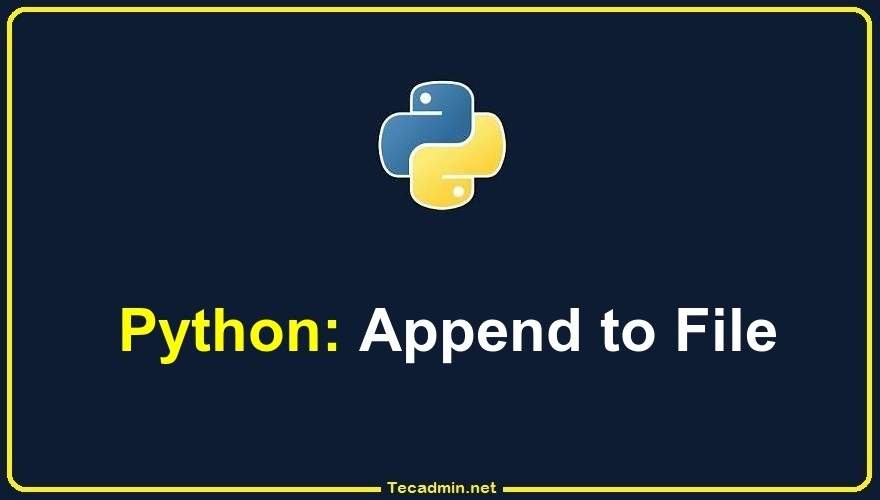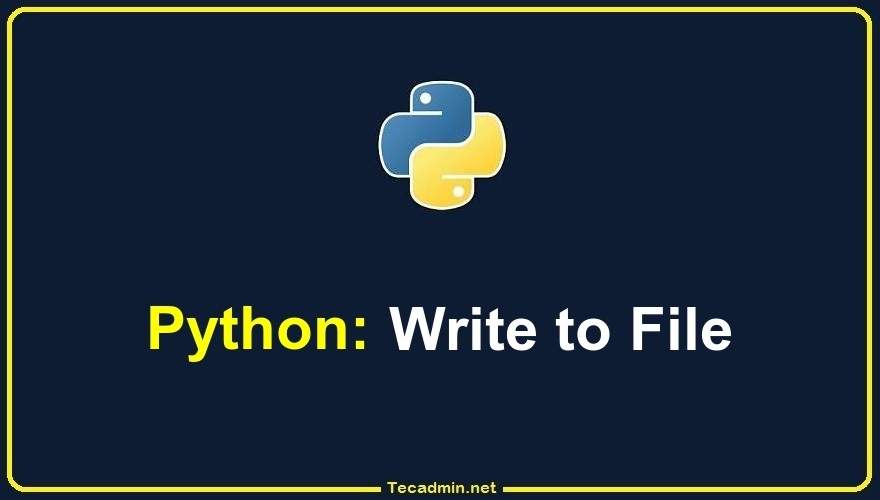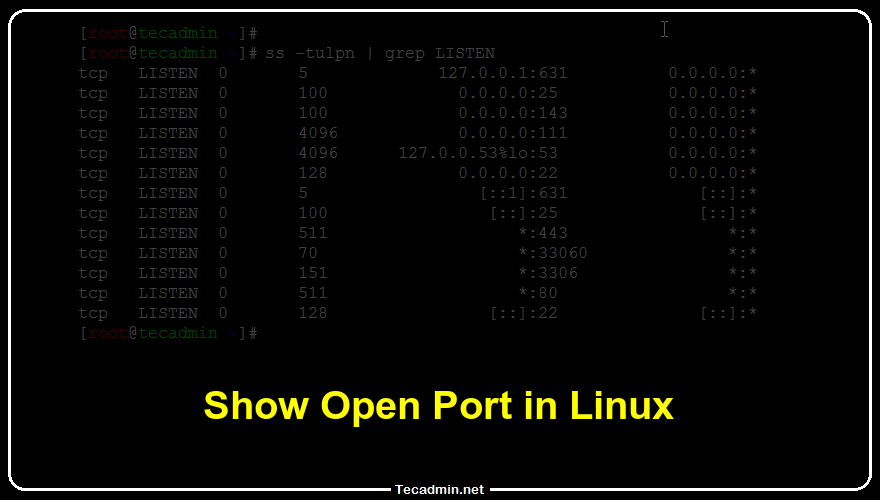In Linux, the file permissions determine who can access and modify a file or directory. By default, the owner of a file or directory has full control over it, but it is also possible to grant or restrict access to other users or groups. If you want to change the permissions of multiple files or directories at once, you can use the `chmod` command with the `-R` option to recursively change the permissions. In this article, we will explore how to recursively change the file permissions in Linux. Syntax The basic syntax for using `chmod` to recursively change permissions is…
Author: Rahul
Generating random strings in Python is a common task that can be useful in various scenarios, such as when you need to create unique identifiers, when you want to generate random passwords, or when you want to create random data for testing purposes. In Python, you can use the random module and the string module to generate random strings. The random module provides functions for generating random numbers, and the string module provides functions for generating random strings. In this article, we will explore how to generate random strings in Python using these two modules. Method 1: Using Python `secrets`…
In Python, you can generate a random password using the secrets module, which is part of the Python standard library. The secrets module provides a secure way to generate random strings, numbers, and other values that can be used for various purposes, such as generating passwords, tokens, or unique IDs. Tips for Generating Secure Passwords: Here are a few tips to keep in mind when generating passwords: Use a strong, random password generator to create passwords that are difficult to guess or crack. Use a different password for each account or service that you use. Use long passwords that are…
Determining the filesystem type in Linux can be useful in various scenarios, such as when you want to mount a filesystem, when you want to create a new filesystem, or when you want to format a disk. There are several ways to determine the filesystem type in Linux, such as using the df, mount, or the lsblk command. In this article, we will explore these different ways to determine the filesystem type in Linux. There are several ways to determine the filesystem type in Linux. Some of the most common ways are: Method 1: Using the `lsblk` command The `lsblk`…
It is essential to monitor the disk space on a Linux server to ensure enough free space is available for new files and applications. If the disk becomes full, it can cause issues such as system crashes, data loss, and other problems. To prevent these issues, you can use a shell script to monitor the disk space and send an alert when the available space falls below a certain threshold. In this article, we will walk through the process of creating a shell script that monitors the disk space and sends an alert when the available space falls below a…
In Python, you can use the `open()` function to open a file in append mode, which allows you to add new content to the end of an existing file. Appending to a file is useful when you want to add additional information to a file without modifying or deleting the file’s original content. How to Appened Data to File in Python In this article we will discuss the following methods to append content to files in Python: write() method writelines() method bytes() method Using `write()` method To open a file in append mode, you can use the ‘a’ mode parameter…
Writing to a file in Python is a common operation that allows you to store data in a file for later use. Whether you are working with a simple text file or a more complex binary file, Python provides a number of ways to write data to a file. In this article we will discuss the following methods for writing files in Python: write() method writelines() method bytes() method print() method Let’s discuss each method one by one. 1. Using `write()` method One of the simplest ways to write to a file in Python is using the `write()` method of…
In Linux, a port is a logical connection point for transmitting data between a client and a server. To ensure the security and functionality of a system, it is important to know which ports are open and listening for incoming connections. Ports are identified by a number, ranging from 0 to 65535. There are three categories of ports in a Linux system: Well-known ports: These are the ports that are reserved for specific services and are assigned by the Internet Assigned Numbers Authority (IANA). Some examples of well-known ports are 22 for SSH, 80 for HTTP, and 443 for HTTPS.…
In Python, a global variable is a variable that is defined outside of any function or class and can be accessed from anywhere within the code. Global variables are useful for storing values that need to be shared across different parts of the program, such as configuration options or flags. Here are some key points about global variable visibility in Python: Global variables are defined outside of functions or classes and can be accessed from anywhere in your code. You can access global variables using the `global` keyword, but it is generally considered good practice to avoid using global variables…
In Python, a function is a block of code that performs a specific task and can be called from other parts of your program. Functions are an essential part of Python programming, and they allow you to write reusable, modular code that is easier to maintain and debug. In this tutorial, we will learn how to call a function in Python. We will discuss the different ways you can pass arguments to a function, and we will also look at some common mistakes to avoid when calling functions in Python. Calling function in Python In Python, you can call a…







